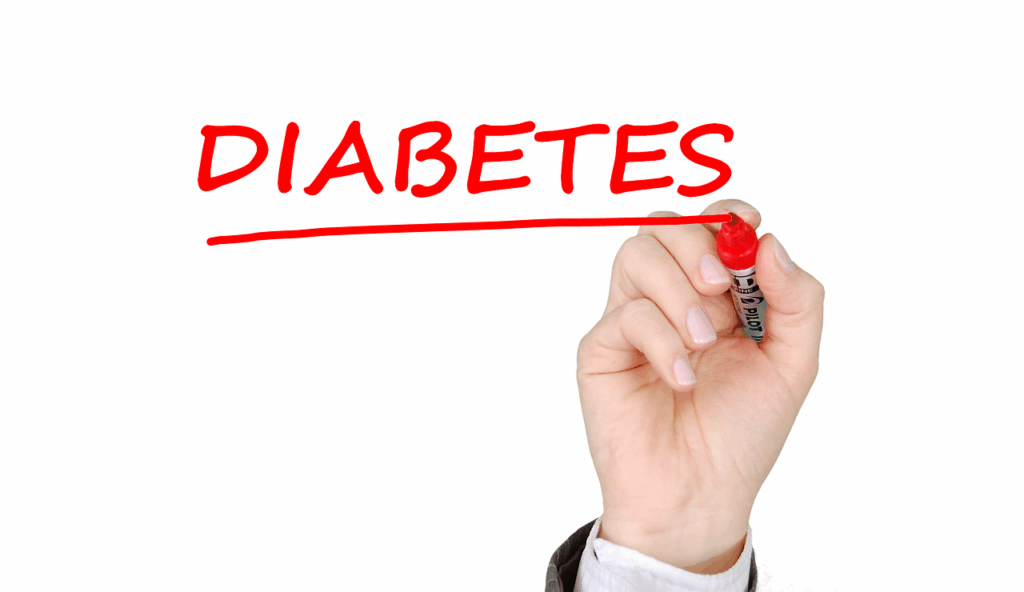
The relentless pace of modern life often leaves us feeling perpetually short on time, especially when it comes to prioritizing our health and well-being. The very notion of dedicating extensive blocks of time to gym sessions or engaging in elaborate fitness routines can seem overwhelmingly daunting, even outright impossible, amidst the demands of work, family, and personal commitments. Yet, what if the true secret to cultivating a longer, more vibrant, and healthier life wasn’t concealed within the confines of an expensive gym membership or a grueling, time-consuming daily regimen, but rather lay in a remarkably simple, universally accessible activity you already perform almost instinctively every single day? Groundbreaking new research, brimming with positive implications, offers a resounding and encouraging answer: by merely incorporating at least 15 minutes of fast walking into your daily routine, you can unlock profound, multifaceted health benefits, effectively challenging the long-held conventional wisdom that often suggests significant health gains demand substantial time commitments.
For many years, the widely accepted general recommendation for adults seeking to accrue sufficient health benefits has been to commit to a total of 150 minutes of moderate physical activity per week. While this guideline has undeniably proven effective for countless individuals, it frequently presents a formidable barrier for a vast segment of the population due to perceived time constraints, the sheer difficulty of integrating it into a busy schedule, or various logistical challenges. However, pioneering work, spearheaded by Dr. Wei Zheng – the insightful corresponding author of a pivotal study recently unveiled in the American Journal of Preventative Medicine – reveals a truly remarkable and empowering alternative. His team’s meticulously gathered findings indicate with compelling clarity that if the full 150 minutes of moderate activity per week prove too challenging or simply unmanageable, then engaging in fast walking for a modest minimum of 15 minutes every single day can astonishingly yield the same, and in some cases, even more substantial and pervasive health advantages. This compelling paradigm shift isn’t just about convenience; it powerfully underscores the immense, untapped potential of focused, consistent movement to profoundly impact our health trajectory.
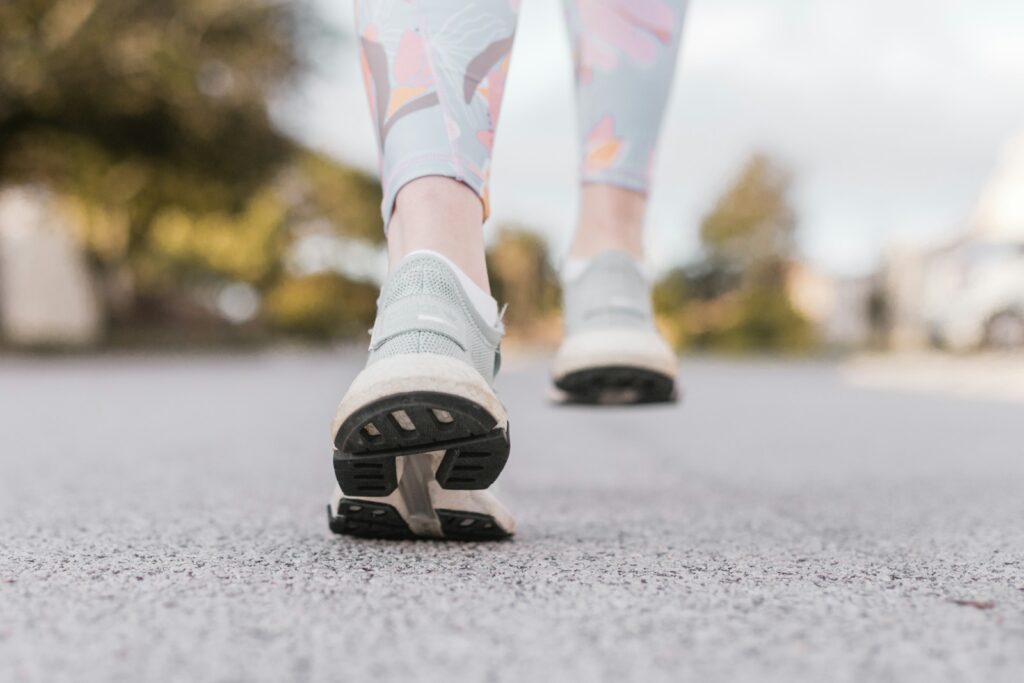
The study itself represents a monumental and meticulously orchestrated effort to unravel the intricate nuances of physical activity and its profound impact on human longevity. Commencing in 2002 and continuing until 2009, Dr. Zheng and his dedicated team meticulously recruited an extraordinarily diverse cohort comprising nearly 85,000 participants. A singularly crucial aspect of this groundbreaking research, a feature that distinctly sets it apart from many preceding health analyses, is the intentional and highly commendable inclusion of individuals typically underrepresented in large-scale epidemiological studies: the overwhelming majority of the participant group was specifically comprised of low-income and Black individuals. Each participant initially completed a comprehensive and highly detailed questionnaire, delving deeply into their established exercise habits, the average time they typically dedicated to working out, their habitual walking speed, and their overall self-reported health status. A remarkable sixteen years later, these very same individuals were diligently re-contacted to complete another follow-up questionnaire, thereby providing an invaluable trove of longitudinal data that forms the robust bedrock of the exhaustive analysis which ultimately commenced in 2023. This rigorous methodological approach, coupled with such an extensive follow-up period spanning almost two decades, lends unparalleled weight and credibility to the study’s eventual conclusions, offering not just findings, but robust and exceptionally reliable estimates of walking’s true, life-altering impact on mortality.
Dr. Zheng, who holds the esteemed positions of director of the Vanderbilt Epidemiology Center and the Anne Potter Wilson Professor in Medicine at Vanderbilt University Medical Center in Nashville, Tennessee, articulated the precise scientific motivation behind this specific inquiry with clarity and conviction. He candidly noted that while it has been broadly understood that “fast walking is good compared to slow walking,” there has historically been a conspicuous scarcity of rigorous research that quantitatively measures and defines exactly how many minutes one should optimally dedicate to fast walking on average to reap significant benefits. This new, comprehensive study, published with authority in the American Journal of Preventive Medicine, definitively fills that critical knowledge gap with exceptionally compelling, data-driven evidence. The findings powerfully illuminate a striking and undeniable disparity in health outcomes: study participants who consistently engaged in fast walking for at least 15 minutes each and every day experienced a remarkable, nearly 20% reduction in premature death from all causes. This dramatic and highly significant benefit stands in stark contrast to the comparatively modest 4% reduction observed among participants who, despite committing to walking slowly for a considerably more extensive period – accumulating more than three hours a day in total – achieved substantially lesser health gains. This quantifiable, stark difference provides unequivocally clear, actionable insights for public health initiatives and for individuals seeking effective, efficient pathways to improved health.
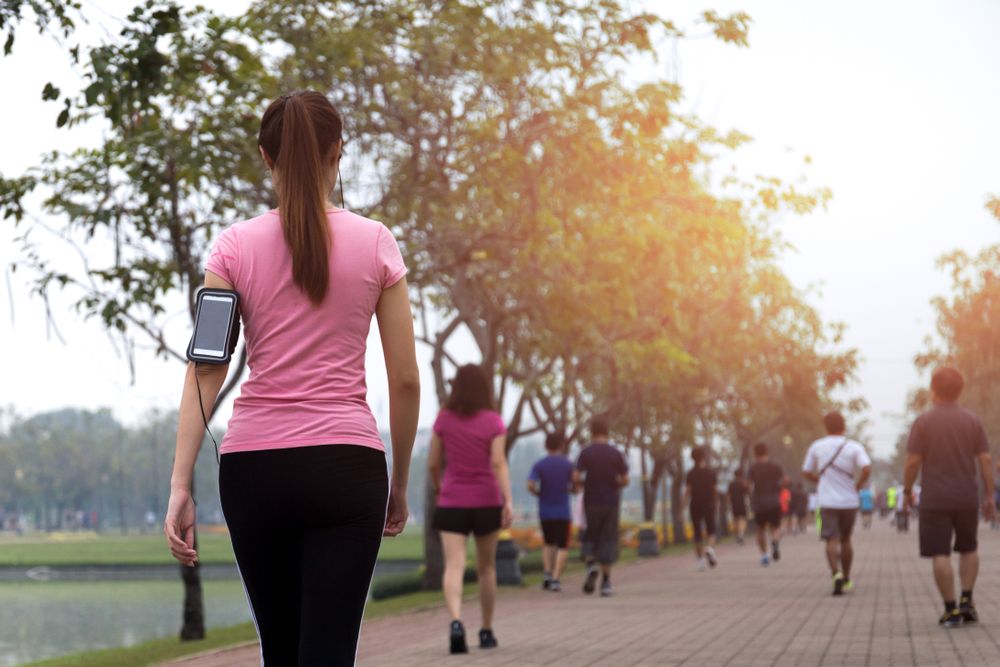
The concept that the speed at which one walks correlates directly and profoundly with health outcomes is not, in itself, an entirely novel idea; however, this recent study reinforces and quantifies it with unprecedented clarity and statistical rigor. As Dr. Andrew Freeman, the distinguished director of cardiovascular prevention and wellness at National Jewish Health in Denver, aptly and perceptively put it, “We’ve actually known for quite a long time that walking speed correlates with outcomes, meaning the faster you walk, the better you do.” Dr. Freeman, a highly respected expert who was not directly involved in the conduct of this particular study, goes on to highlight the intuitive and inherent logic underpinning this powerful correlation: “And it certainly makes sense, because you can imagine, somebody who’s in really bad shape is probably not going to be able to walk very quickly.” This astute observation suggests a dual interpretation: fast walking is not merely a convenient physiological marker of existing good health and vitality, but rather, and perhaps more importantly, it functions as a dynamic, active contributor to both improving and diligently maintaining one’s overall health and physiological resilience. It stands as a profound testament to the human body’s inherent, incredible capacity for positive adaptation and remarkable improvement when consistently stimulated through targeted, purposeful effort.
So, the compelling question arises: why precisely does picking up the pace during our daily strolls translate into such a remarkably significant difference in our individual journey toward enhanced longevity and sustained vitality? The scientifically backed answer lies deeply embedded in our fundamental human physiology, intricately touching upon several key, measurable markers of fitness and overall systemic health. One prominent and widely accepted theory, robustly supported by esteemed experts such as Bert Mandelbaum, MD, a highly respected sports medicine specialist and the discerning co-director of the Regenerative Orthobiologic Center at Cedars-Sinai Orthopaedics in Los Angeles, directly links the profound benefits of brisk walking to a measurable improvement in one’s VO2 max. VO2 max stands as a crucial physiological measurement, representing the absolute maximum volume of oxygen your body is capable of taking in, processing, and most efficiently utilizing when you are exerting yourself at your peak physical effort. Dr. Mandelbaum emphatically underscores that “The faster you walk, the greater your VO2 max and the better benefit you have from most perspectives, including for your brain, muscles, and overall fitness.” This demonstrably enhanced oxygen utilization capacity, a direct result of increased cardiovascular demand, translates powerfully and directly into improved systemic efficiency across all bodily systems, effectively powering every single cell and every intricate biological process within your remarkable human body.

Beyond the critical aspect of optimized oxygen uptake, fast walking is also powerfully and consistently associated with the invaluable preservation and the measurable enhancement of lean muscle mass – a veritable cornerstone of healthy, graceful aging and an undeniable determinant of long-term longevity. Albert Matheny, RD, CSCS, and a discerning co-founder of SoHo Strength Lab, cogently points out that “Muscle mass is linked to a ton of improved health outcomes around longevity and aging.” As we naturally progress through the various stages of life, diligently maintaining an adequate and functional level of muscle mass becomes increasingly paramount for optimal metabolic health, sustaining foundational strength, preserving critical balance, and fostering an overarching sense of physical vitality. The elevated intensity inherent in brisk walking dynamically stimulates muscle fibers more effectively and comprehensively than a leisurely, slow stroll, thereby actively helping to counteract the insidious process of age-related muscle atrophy, also known as sarcopenia. This proactive engagement promotes greater muscle protein synthesis and overall muscular endurance. Furthermore, the very ability to consistently maintain a brisk walking pace is, in itself, a strong physiological indicator of a robust and efficiently functioning cardiovascular system, which Dr. Mandelbaum confidently confirms is “linked to a longer lifespan, too.” These intricately interconnected physiological advantages collectively paint a comprehensive and compelling picture of precisely why speed, in the context of walking, truly holds such profound significance for our long-term health prospects.
The most pronounced and statistically significant protective effect derived from fast walking, as unequivocally evidenced by the comprehensive study, extends broadly to reducing mortality from all causes of death. However, its impact is particularly potent and striking when specifically applied to cardiovascular diseases, which, despite significant medical advancements, regrettably remain the leading cause of mortality in many developed nations globally, including the United States. Fast walking, by its very nature as a dynamic aerobic exercise, compellingly urges the heart to labor more vigorously, yet simultaneously with greater inherent efficiency. This purposeful action directly and demonstrably improves cardiac output, ensuring that a significantly greater volume of vital, oxygen-rich blood is effectively delivered throughout the entirety of the body’s vast circulatory system. It also profoundly enhances the overall efficiency of the heart’s intrinsic pumping action, ultimately culminating in superior overall cardiovascular health and resilience. Dr. Freeman, with his deep expertise, thoughtfully elaborates that “when people are exercising regularly, blood vessels can relax and dilate a bit better,” a physiological adaptation that critically optimizes blood flow, thereby significantly reducing the pervasive strain imposed upon the heart and arterial walls. This consistent, moderate stress strengthens the cardiac muscle, improving its elasticity and functional capacity over time.
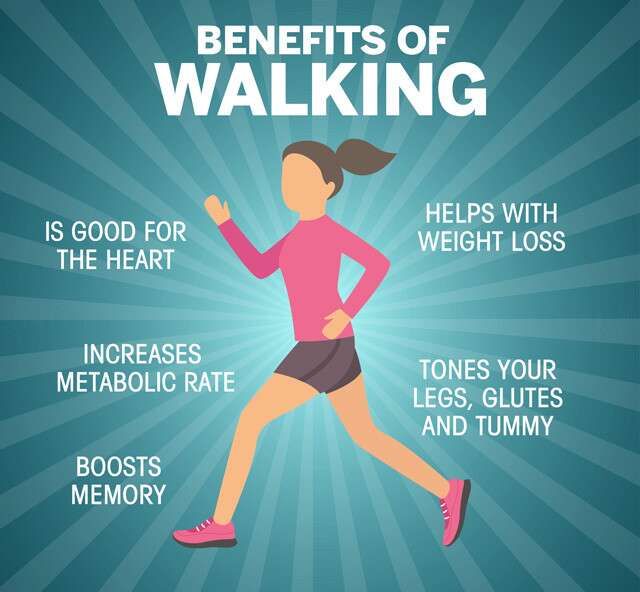
Regular and consistent engagement in fast walking plays an absolutely crucial and multifaceted role in effectively managing several pivotal cardiovascular risk factors that, if left unchecked, can dramatically escalate the likelihood of heart disease. It is remarkably effective in diligently controlling body weight and optimizing body composition, thereby directly reducing the prevalence of obesity and its myriad associated health risks, such as hypertension (chronically elevated blood pressure) and dyslipidemia (an unhealthy imbalance of cholesterol levels in the blood). Dr. Freeman further elaborates on the profound and often underestimated impact of regular exercise on blood pressure, observing with considerable concern that “blood pressure, it is one of the more exponential risk factors that we have, for roughly every 20 points blood pressure goes above 120 (what is considered normal or healthy), the risk of a cardiac event roughly doubles.” He starkly concludes, “So, it’s a super potent and exponential risk factor, and we know that regular exercise lowers that.” Moreover, beyond its comprehensive impact on blood pressure and cholesterol, fast walking has been specifically found to confer direct, targeted benefits such as significantly decreasing the risk of debilitating heart failure, bothersome arrhythmias (irregular heartbeats), and the widespread scourge of type 2 diabetes – all pervasive conditions intricately linked to, and often precursors of, compromised cardiovascular health. By actively and purposefully engaging in brisk walking, individuals are empowered to take powerful, proactive, and remarkably accessible steps to steadfastly safeguard and fortify their heart health for years to come.
The myriad benefits of incorporating walking into one’s daily routine extend remarkably far beyond the realm of the cardiovascular system, embracing a wide and diverse spectrum of health improvements that collectively contribute to an overarching sense of well-being and a noticeably higher quality of life. Regular walking, particularly at a brisk pace, proves highly effective in diligently managing body weight, thereby significantly contributing to a healthier body mass index and promoting a more favorable body composition by reducing excess fat. It can also play a vital role in regulating sugar intake and optimizing metabolic processes, which is exceptionally beneficial for both preventing the onset and effectively managing existing cases of type 2 diabetes. Beyond these metabolic advantages, numerous studies have conclusively demonstrated its remarkable capacity to reduce the risk of various cancers, robustly underscoring its role as a broad-spectrum protective activity that influences cellular health and systemic immunity. Furthermore, it offers tangible relief by easing chronic joint pain; this is achieved not only by strengthening the crucial muscles that provide support and stability to the joints but also by enhancing the lubrication of cartilage, thereby making movement inherently more comfortable, fluid, and sustainable over the long term, preserving mobility and function. Moreover, consistent physical activity, including fast walking, is widely known to powerfully boost overall immune function, rendering the body significantly more resilient and better equipped to defend itself against a wide array of infections and illnesses.
In addition to the extensive physical benefits, embracing daily walking imparts profoundly positive and measurable effects on cognitive health, nurturing the brain and fostering mental acuity. Recent compelling research clearly indicates that engaging in consistent daily physical activity, such as brisk walking, can significantly lower the risk of developing dementia or experiencing cognitive decline, a concern particularly pertinent for individuals who may possess a genetic predisposition to developing Alzheimer’s disease. The esteemed Piedmont Medical Center in South Carolina further corroborates and supports these findings, explicitly stating that consistent daily physical activity actively promotes superior sleep patterns and effectively reduces systemic inflammation throughout the body – both of which are widely recognized as absolutely crucial factors in enhancing and preserving optimal brain structure and overall cognitive function. These insightful findings unequivocally highlight that fast walking transcends mere physical exercise; it isn’t solely about preserving the integrity and function of the body; rather, it is equally, if not more, about diligently nurturing the intricate complexities of the mind, steadfastly ensuring mental sharpness, cognitive vitality, and intellectual flourishing well into the later, cherished years of life.

While the primary emphasis of this groundbreaking and highly impactful study is unequivocally placed on the significantly magnified benefits specifically associated with fast walking, it remains critically important to acknowledge and remember that all forms of physical activity, irrespective of their intensity or duration, inherently offer distinct and valuable health benefits. Dr. Zheng himself, with his comprehensive understanding, thoughtfully underscored this inclusive point, stating directly and emphatically, “I want to emphasize that these exercises, no matter slow or fast, all confirm some benefit.” This particular statement encapsulates a crucial and deeply encouraging message of universal empowerment, acknowledging with profound understanding that any purposeful movement is, without exception, inherently superior to a sedentary lifestyle. However, the unique and compelling power of brisk walking, as meticulously demonstrated by this research, resides squarely in its remarkable efficiency and the “substantiated benefits” it definitively confirms, even with an astonishingly minimal commitment of merely 15 minutes a day. This finding is particularly empowering for a broad demographic, as it offers a highly effective, scientifically validated pathway to improved health that is both remarkably time-efficient and exceptionally accessible to nearly everyone, regardless of their current fitness level or busy schedule.
One of the most compelling and socially relevant aspects of this recent research is its profound and direct applicability to public health strategies, particularly given its deliberate and insightful focus on populations that have historically been underrepresented in large-scale health studies. As the distinguished epidemiologist Lili Liu, also from Vanderbilt University, thoughtfully observes, “Public health campaigns and community-based programs can emphasize the importance and availability of fast walking to improve health outcomes, providing resources and support to facilitate increased fast walking within all communities.” The inherent simplicity of walking as an activity positions it as an almost universally accessible form of exercise. Unlike many other forms of physical activity that might necessitate specialized, often expensive, equipment, require costly memberships to exclusive facilities, or demand access to specific, sometimes limited, training venues, most individuals can readily engage in walking without encountering any significant economic or logistical barriers. This remarkable ease of integration into daily life—perhaps as simple as parking your vehicle a little further from your destination, consciously opting to take the stairs instead of an elevator, or integrating short bursts of brisk walking into your lunch break—makes it an exceptionally ideal candidate for widespread and impactful public health promotion across diverse demographics.
The deliberate decision by the researchers to primarily focus their extensive investigation on low-income and Black populations was not an arbitrary choice; rather, it represented a profoundly vital and strategic step toward actively addressing pressing issues of health equity. It is an unfortunate reality that low-income populations frequently bear a disproportionate burden of pervasive health challenges. These communities often grapple with significant economic constraints that tragically limit their access to nutritious and healthy food options, impede their ability to obtain quality healthcare services, and restrict their opportunities to engage in physical activity due to limited access to safe and welcoming environments. Indeed, these communities are “more likely to reside in impoverished, highly polluted communities with limited access to safe walking spaces,” further exacerbating health disparities. Furthermore, these specific populations tend to exhibit “a higher prevalence of lifestyle behaviors that may increase disease risk and mortality, such as lower quality diet, cigarette smoking, and heavy alcohol consumption.” These behavioral factors, when compounded by systemic challenges like “lack of access to health insurance or healthcare,” collectively and tragically contribute to significantly increased mortality rates among low-income individuals and regrettably help to elucidate the persistent racial disparities observed in life expectancy and overall longevity. By definitively demonstrating the tangible, measurable benefits of fast walking within this critically important and previously underserved cohort, this meticulously conducted research provides powerful, “direct evidence to inform targeted interventions and policies to improve health equity,” thereby establishing itself as an exceptionally potent and practical tool in the ongoing, vital pursuit of social justice within the realm of public health.
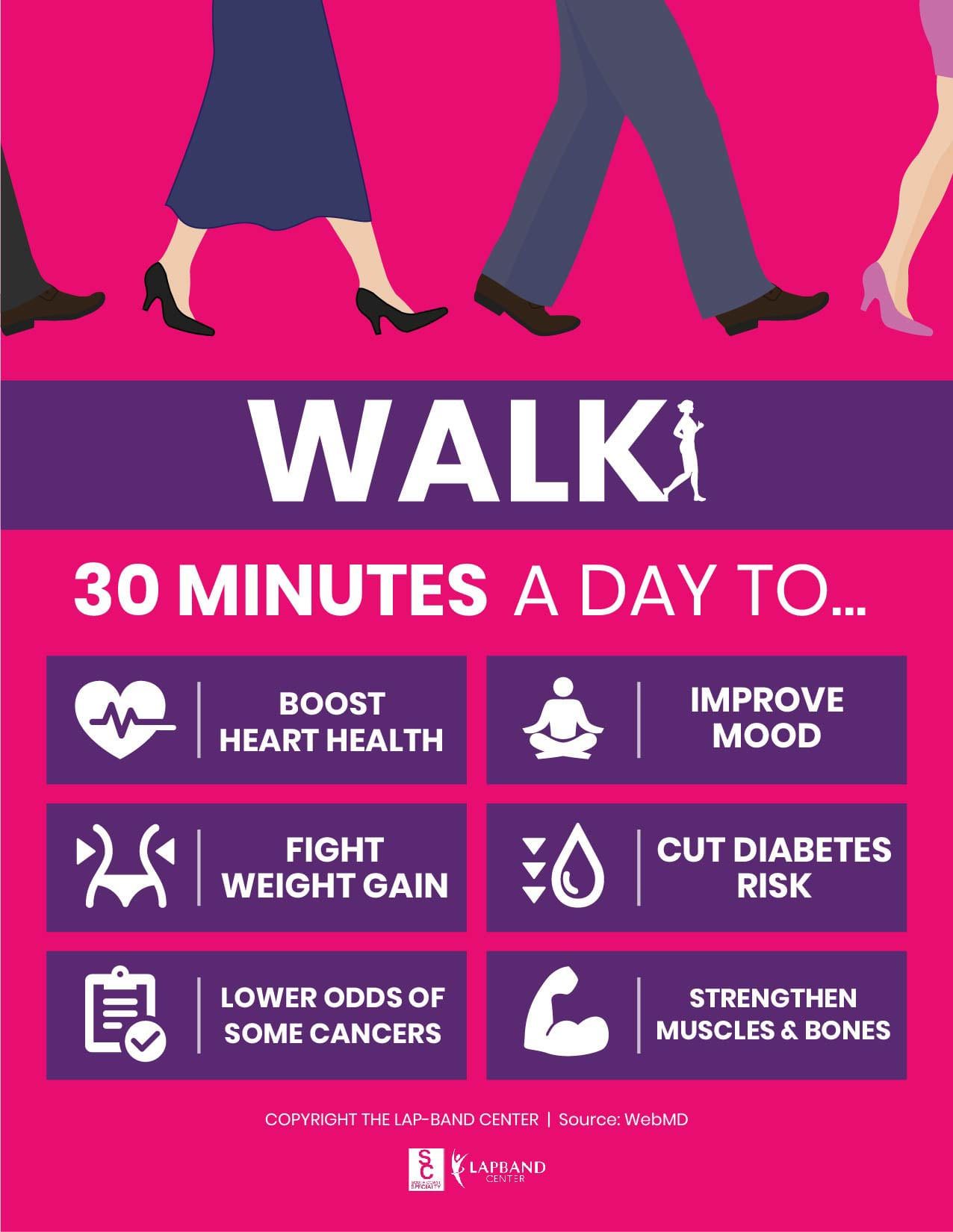
Another immensely significant insight derived from this comprehensive study is the remarkable independence of the benefits of fast walking from an individual’s overall leisure-time physical activity levels (LTPA). This key finding holds powerful implications: it means that even for individuals who are already somewhat physically active, perhaps consistently engaging in slow walking or participating in other forms of light exercise, the deliberate act of incorporating a short, focused burst of brisk walking into their routine can still remarkably yield additional, statistically significant reductions in mortality risk. The study explicitly and clearly states, “Even for those who are already engaged in slow walking or some LTPA, adding more fast walking further reduced mortality.” This message is incredibly encouraging and universally applicable, profoundly suggesting that every single step counts, and that consciously picking up the pace offers a powerful, additive layer of robust health protection. It powerfully emphasizes that even seemingly incremental changes in our daily physical activity habits can lead to truly substantial, life-prolonging benefits, thereby rendering optimal health and longevity demonstrably more achievable and within reach for a significantly broader segment of the global population.
The collective, convergent findings emanating from this seminal Vanderbilt University study and other corroborating research, including a study recently published in PLOS One that meticulously analyzed data from 102 older adults, consistently and compellingly underscore the immense and often underestimated power inherent in simply modulating one’s walking speed. The PLOS One study, for instance, revealed that participants who consciously increased their walking cadence by a modest minimum of 14 steps per minute above their usual comfortable pace – a rate which typically translated to approximately 100 steps per minute – demonstrated statistically significant and measurable improvements in their performance on a standardized six-minute walking test. This particular finding strongly suggested that actively speeding up on regular walks can dynamically lower an individual’s susceptibility to physical frailty and effectively mitigate the debilitating fatigue that often accompanies it as one ages. These convergent, robust results, drawn from diverse study designs and varied participant populations, powerfully reinforce the undeniable and robust nature of the fundamental relationship between walking pace and profoundly improved health outcomes, thereby solidifying brisk walking not merely as a simple exercise, but as a foundational cornerstone of proactive, preventive health. It is abundantly clear that this deceptively simple, yet profoundly potent, activity is far more than just a convenient means of transportation; it stands as a powerful and accessible lever for comprehensively enhancing health, significantly reducing disease burden, and profoundly extending our vibrant, active years on this earth.
Having explored the profound scientific underpinnings and undeniable benefits of integrating fast walking into our daily lives, the compelling question naturally arises: how precisely do we translate these powerful research findings into tangible, actionable steps? It’s one thing to understand the ‘why’—the remarkable physiological improvements and longevity gains—but quite another to seamlessly weave this transformative activity into the intricate tapestry of our busy modern routines. Fortunately, the very simplicity of walking, even at a brisk pace, makes it incredibly accessible, offering practical strategies that can empower virtually anyone to harness its life-enhancing potential.

First, let’s establish what exactly constitutes “fast walking.” It’s not about becoming a competitive speed walker; it’s about elevating your effort just enough to challenge your cardiovascular system effectively. A practical guideline, endorsed by health experts, suggests you’re hitting the right pace when you are able to talk comfortably but not sing. This intuitive measure ensures you’re working hard enough to reap significant benefits without overexertion, making it a sustainable and enjoyable endeavor for the long haul. This gentle yet effective physiological benchmark allows for easy self-monitoring, empowering you to adjust your pace as needed to maintain the optimal intensity for your body.
For those looking to consciously pick up the pace, several straightforward yet highly effective techniques can be employed. You can simply try to move faster and observe the immediate change in your heart rate and perceived exertion. One excellent method is to incorporate interval training into your walks. As Albert Matheny, RD, CSCS, and co-founder of SoHo Strength Lab, suggests, “If you want to walk around the block in 10 minutes and it usually takes you 15 minutes, try to walk part of it at a faster pace.” You can gradually extend these faster bursts until you’re able to maintain the brisk pace for the entire duration of your walk, effectively building your endurance and speed over time. This approach allows for gradual adaptation, making the transition to faster walking feel natural and achievable.
Another innovative way to boost your walking speed and overall fitness is by training with a weighted vest. Matheny points out that by using a weighted vest, you can build strength, and then when you’re not wearing it, you’ll naturally find it easier to pick up your pace. This method introduces an element of progressive overload, similar to strength training, conditioning your body to perform more efficiently without the added resistance. For those keen on quantifying their progress, one study revealed that increasing walking cadence by a modest minimum of 14 steps per minute above one’s usual comfortable pace – which typically translated to around 100 steps per minute – led to measurable improvements in physical performance, actively lowering susceptibility to physical frailty and mitigating age-related fatigue.
Beyond just speed, optimizing your walking form can significantly enhance the benefits and prevent discomfort. Remember that walking is a full-body movement; it’s not solely about your lower body. Stand tall with your shoulders relaxed and pulled back, engage your core, and allow your arms to swing naturally and vigorously, coordinated with your opposing leg movement. As Dana Santas, a certified strength and conditioning specialist, advises, “Your arm swing is a huge part involved in the mechanics of walking. So, you want to have an arm swing that’s coordinated with your foot movement, so it’s opposing.” This proper form not only helps prevent common issues like backaches but also promotes easier breathing and better balance, making your brisk walks more efficient and enjoyable.

To further supercharge the health benefits, consider practicing conscious or nasal breathing during your walks. This technique involves inhaling deeply through your nose and exhaling slowly through your mouth. According to Santas, conscious breathing can actively help regulate blood pressure and effectively prevent hypertension, adding another layer of cardiovascular protection to your routine. By integrating mindful breathing with your purposeful steps, you transform a simple walk into a holistic wellness practice that nurtures both your physical and internal systems, maximizing every single minute of your movement.
The real beauty of fast walking lies in its unparalleled ease of integration into even the most demanding schedules. You don’t need to carve out dedicated gym time or invest in expensive equipment. As Dr. Andrew Freeman, director of cardiovascular prevention and wellness at National Jewish Health, suggests, people can “weave it into their day.” This might mean consciously choosing to park your car a little further from your destination, providing an opportunity for a brisk walk to and from your vehicle. It could involve opting for the stairs instead of the elevator or escalator whenever possible, turning a mundane daily chore into a mini-workout session.
Another simple yet effective strategy is to integrate short bursts of brisk walking into your lunch break. Instead of sitting through the entire break, dedicate 15 minutes to a vigorous stroll around your office building or a nearby park. Dr. Freeman recommends that individuals “get up before work, and they go for a brisk walk or a bike or a swim, or they do some high-intensity interval training, whatever it is that they’re into,” emphasizing the flexibility to choose an activity that resonates with you and “just weave it into their day” wherever and whenever possible. This flexibility ensures that regardless of your lifestyle, there’s always a window for beneficial movement.

Crucially, this research holds profound implications for public health initiatives and promoting health equity. The deliberate focus of the Vanderbilt study on low-income and Black populations highlights fast walking as an exceptionally potent and accessible tool for addressing systemic health disparities. Unlike many other forms of exercise that may require specialized equipment, costly memberships, or access to specific facilities, walking is nearly universally accessible. Most individuals can engage in it without encountering significant economic or logistical barriers, making it an ideal candidate for widespread public health promotion across diverse communities.
As epidemiologist Lili Liu from Vanderbilt University aptly observes, “Public health campaigns and community-based programs can emphasize the importance and availability of fast walking to improve health outcomes, providing resources and support to facilitate increased fast walking within all communities.” This inclusive approach is vital, especially given that low-income populations often face greater health challenges due to economic constraints, limited access to nutritious food and healthcare, and often reside in “impoverished, highly polluted communities with limited access to safe walking spaces.” By demonstrating the tangible benefits of fast walking in these previously underserved groups, the research provides “direct evidence to inform targeted interventions and policies to improve health equity.”
Moreover, one of the most encouraging takeaways from this comprehensive study is that the benefits of fast walking are wonderfully independent of an individual’s overall leisure-time physical activity levels. This means that even if you’re already somewhat active, perhaps enjoying leisurely strolls or engaging in light exercise, consciously incorporating short, focused bursts of brisk walking can still yield additional, statistically significant reductions in mortality risk. The study explicitly states, “Even for those who are already engaged in slow walking or some LTPA, adding more fast walking further reduced mortality.” This powerful message reinforces that every single step counts, and intentionally picking up your pace offers a potent, additive layer of robust health protection.
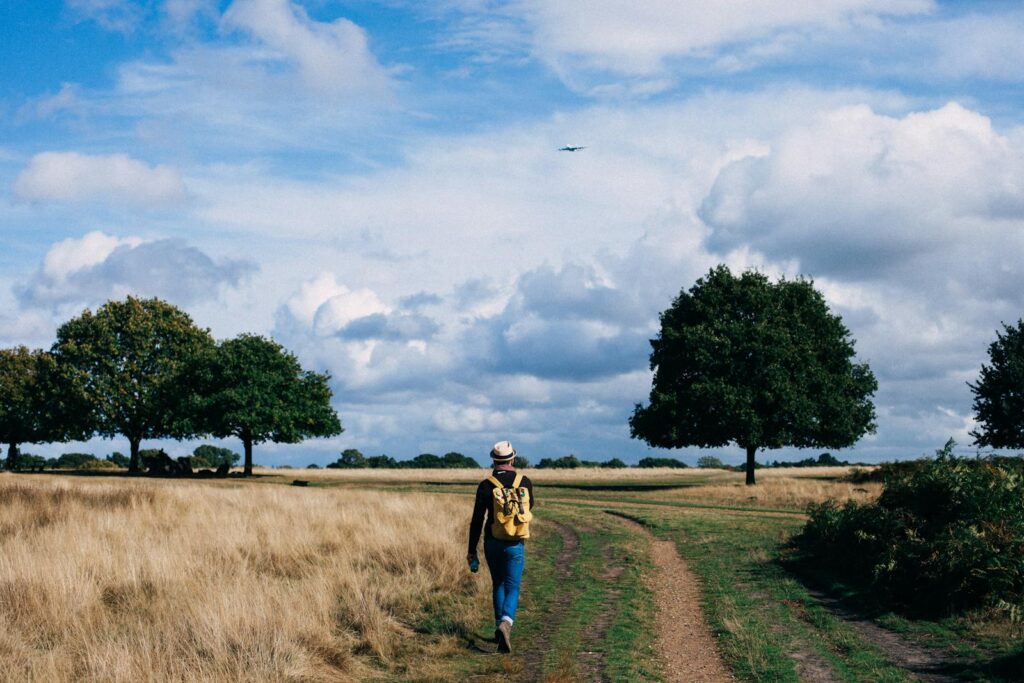
So, whether you’re taking your first steps toward a more active lifestyle or looking to optimize your existing fitness routine, the science is unequivocally clear: integrating even a modest 15 minutes of fast walking into your daily routine is a remarkably simple, yet profoundly powerful, investment in your long-term health and vitality. It’s a testament to the fact that achieving a longer, healthier, and more vibrant life doesn’t require drastic overhauls or insurmountable commitments. Instead, it invites us to rediscover the transformative potential nestled within the rhythm of our own two feet. This easily adoptable habit offers a pathway not just to added years, but to years lived with greater energy, resilience, and an undeniable sense of well-being. Embrace the brisk pace, and step confidently into a future of enhanced health.


